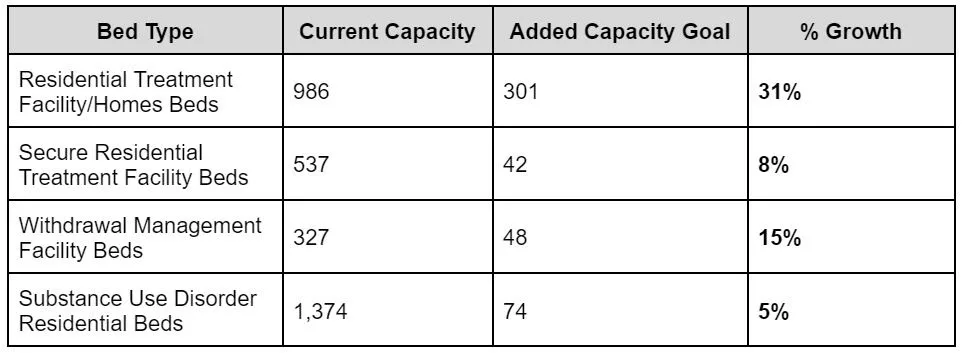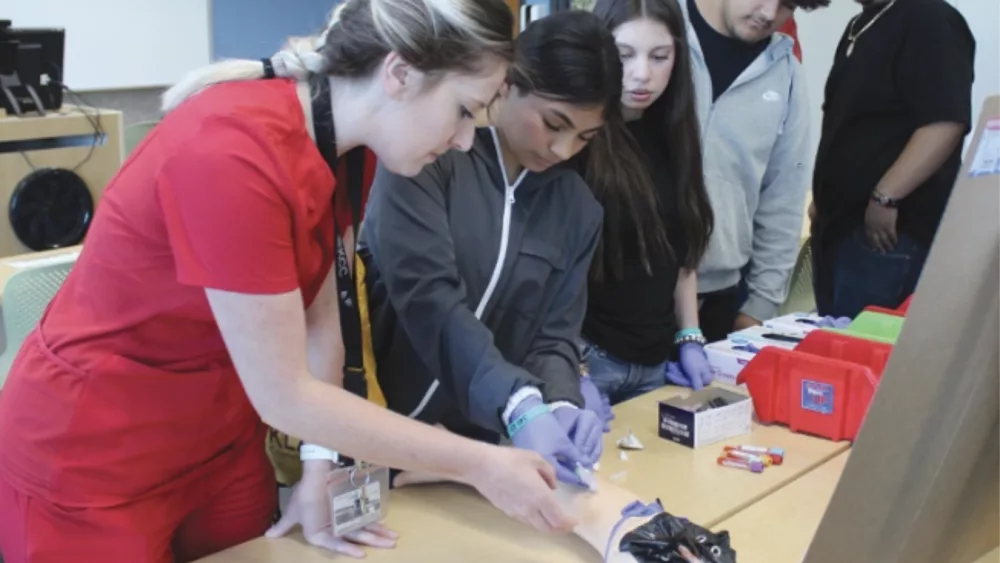Washington, D.C. — Today, Governor Tina Kotek and the Oregon Health Authority (OHA) announced a residential treatment capacity dashboard to track the state’s progress towards additional behavioral health residential treatment beds and recovery housing units across Oregon, with the projected goal of adding 465 beds by December 2026. The dashboard includes existing capacity, added capacity based on existing provider contracts, and projected capacity based on contracts in development across bed types.
In the Governor’s first 60 days in office, she directed OHA to commission a study to determine Oregon’s adult behavioral health facility-based treatment capacity and needs. The findings of a preliminary Behavioral Health Residential+ Study, published in late January 2024 and finalized in June 2024, will guide the allocation of awards in the future biennium to ensure investments go to areas with the most significant need. The allocations in the dashboard are not reflective of the results of the study.
“Added treatment capacity is critical to building the behavioral health system I know is possible in Oregon. Every Oregonian should have access to services regardless of where they live or what they can afford,” Governor Kotek said. “The state now has more information than ever before to meet the need with precision, and we are taking action. Though we will not close Oregon’s treatment capacity gap overnight, every added bed means more Oregonians will get help when they need it. As Governor, I will always take on the toughest challenges and show progress.”
A dashboard with providers, estimated number of beds/units, region, projected timelines for completion, funding amounts, and funding sources can be found here. The dashboard includes projected goals for adult residential beds and the state’s progress towards those goals. Below is a snapshot of data from the dashboard:

“Oregon’s investments in mental health and substance use treatment are reducing our acute shortage in beds,” OHA Behavioral Health Director Ebony Clarke said. “We have more work to do to ensure that every person who’s experiencing a behavioral health disorder gets the treatment they need. The data we now have as a result of the study will be the foundation for the new pipeline of work in the next biennium.”





